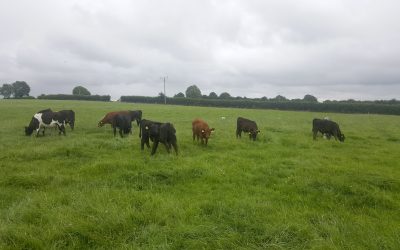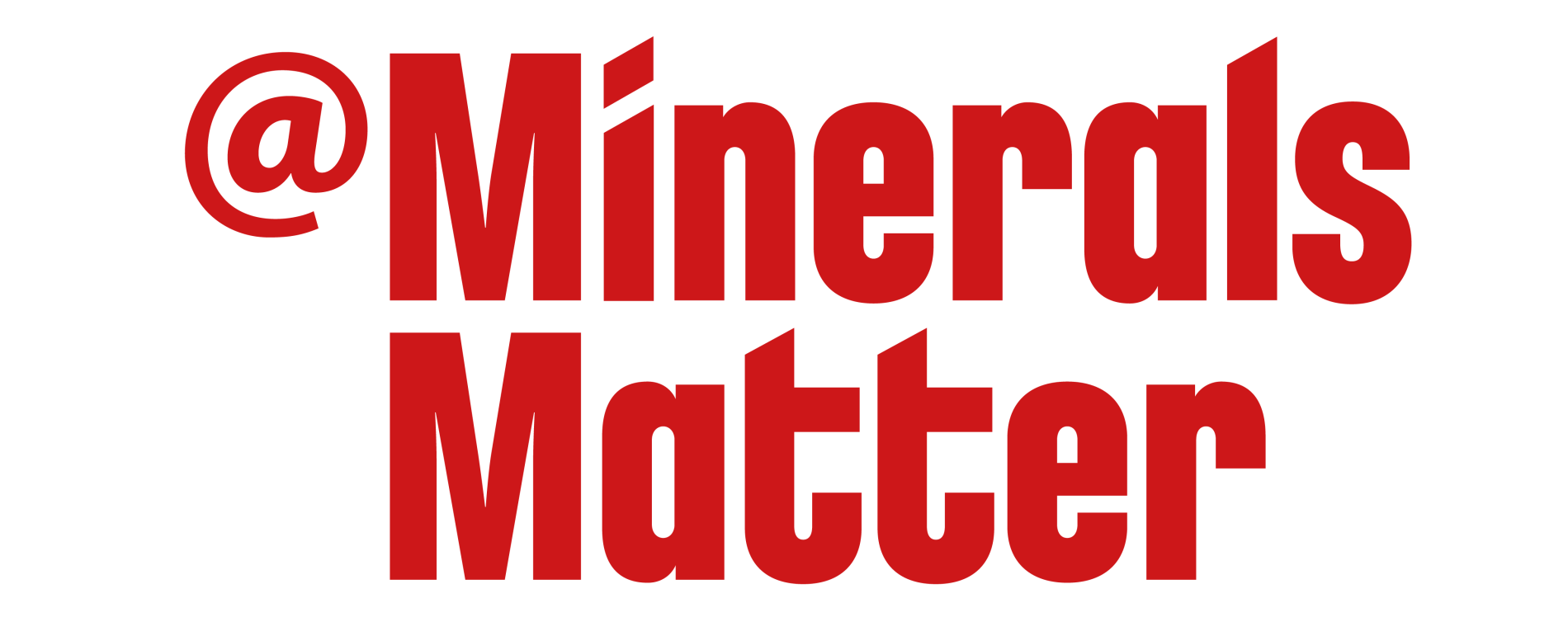Article
October- What’s in your grass?

Historic data results from our grass samples collected across Ireland in October are quite different from what we see in July. Average Nitrogen levels in the grass are somewhat higher in October (3.5%) compared to grass sampled in July (2.8%). We have also seen an increase in levels of calcium, phosphorus, potassium, copper, zinc, manganese, molybdenum, cobalt, iron, and aluminium over the last three months
As expected, the magnesium levels are reduced in the autumn grass and sodium levels are also down due to the large volume of rainfall (approx. 30% more than normal) we have had over the last few months – the rain has washed the sodium out of the soil. As a result of the reduced levels of sodium, the animal will absorb more potassium to replace the sodium.
Potassium levels and protein (nitrogen x 6.26) have increased, which can leave animals very susceptible to grass tetany (staggers), especially during cold wet conditions.
Thus, supplementation with magnesium and provision of good shelter for the animals (harsh weather can predispose cattle to grass tetany) is necessary during this high-risk period. Although it is important to remember that even if magnesium buckets are provided, animals should still be checked three to four times per day as the risk of tetany is high and the ability to absorb magnesium is reduced. To help increase the levels of minerals (to include magnesium) in pasture it is recommended that legumes are included in the sward.
*(based on Irish grass samples taken nationwide in October 2019)

Leave a Reply